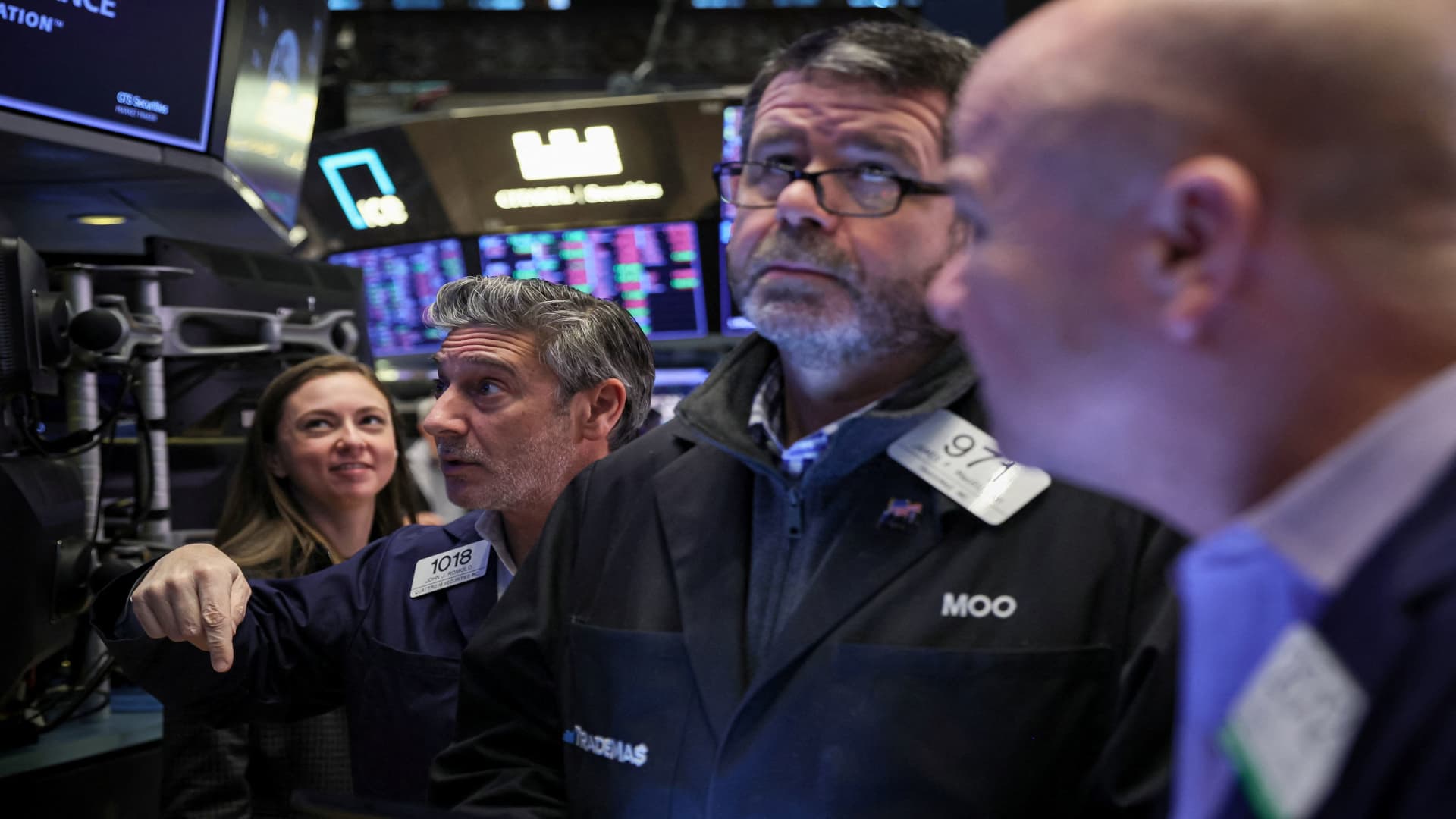
Stocks are rallying this week, partly on containment of the banking crisis, but also because the majority want to believe the Federal Reserve will prioritize the bank crisis instead of inflation and will hike and then imply a pause. When a lot of investors start to believe something, it’s good to look at the “pain trade.” Why the pain trade? Traders, like most humans, tend to be herd followers. The pain trade is the opposite: the trade that would cause the biggest pain to the most participants. The pain trade is useful because it forces the majority to think as contrarians. The pain trade is for the markets to go lower on the FOMC statement and particularly during the press conference. The pain trade turns everything on its head. The majority believe that the biggest gain from the market will come if Powell preserves his inflation fighting credentials by hiking 25 basis points but then imply they will pause. The key is the pause. The pain trade therefore is that Powell will not imply a pause and the market will drop, perhaps significantly. Why would this happen? He may not imply a pause because 1) he will say the Fed has a separate tool kit to deal with the bank problems and will reiterate what they are, and 2) the economy is still running too hot and inflation is still running too high to pause. The argument against explicitly stating the Fed will pause makes some sense . The Fed has tarnished its anti-inflation credentials by waiting so long before raising rates, so the Fed does not want to be more dovish than the markets. What’s the point of cutting the forecast from 5.1% to 5.0% for the terminal Fed funds rate, or implying that to the market? Why make a commitment to pause when there will still be a new batch of data coming out in the next few weeks? Why precommit to a pause when one of the main reasons advanced for a pause (the banking crisis) may quiet down? There’s other reason to question the current majority opinion. Take quantitative tightening. Will they slow down the pace? The majority believe the Fed needs to stop tightening, or slow it down. The argument is that regional banks depend on reserves. If the adequate level of reserves is higher than anyone thought due to the banking crisis, it would imply the Fed has to keep more reserves in the system. No more taking money out of the system. But if QT is an essential toolkit in reducing inflation, there is no reason the Fed will imply they are abandoning this approach. Or take the fabled “dot plot.” There’s a lot of argument that these dot plots have no predictive value, and they should be abandoned. I agree they have little predictive value. The Fed has a terrible forecasting record, like everyone else. But ditching it seems like a far-fetched idea. “I think Powell has found that the dot plot is a good communication tool,” Marc Chandler, chief market strategist at Bannockburn Forex told me. “He refers to it, he talks about it as if it reflects the Fed’s view. If we are going through a mini-financial crisis, now is not the time to close down any communication channel.” Ultimately, the question is what the message from Powell will be. The one that makes the most sense seems to be: “The U.S. economy has been far more resilient than anyone thought. The labor market is resilient, and price pressures haven’t gone away. We have tools to deal with the banking crisis, and we will monitor the impact on the economy. We will not preclude any action, including additional rate hikes.” Don’t rush to make decision until you have to. Why make a commitment to pause when there will still be a new batch of data coming out in the next few weeks? Why precommit to a pause when the uncertainty is so high? Why lock yourself into a pause when you don’t have to do that?





